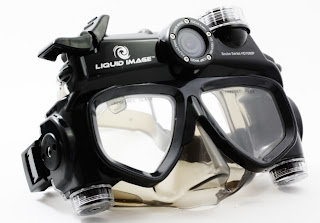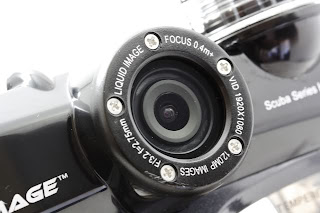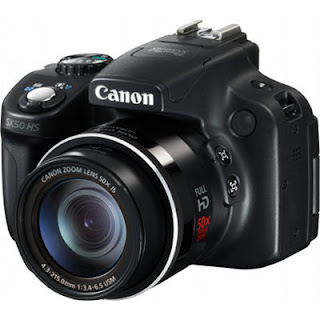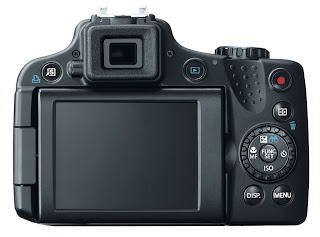The happy shutterbug who becomes proficient at the hobby of photography may decide to see if it could become a worthwhile career. What could be better than pursuing one of your best-loved hobbies in this way? You will be having so much fun that it won’t seem like work. So what do you need to turn photography into a profitable career?
First you need a good knowledge of how to take photos. If you don’t know a lot, then take a course or join a photography club. Or do both, depending on how quickly you want this career to blossom. A good course will show you what range of cameras is available and what their functions are. You will quickly become familiar with photography terms, learn the basics of the darkroom and find out the history of photography. You will be encouraged to experiment with different techniques and learn about the different types of specialized photography.
If time or place of photography courses is a problem for you, join online forums for in-depth discussions of techniques and problems. Also look into doing a distance education course through one of the universities. Entering online or real-time photographic competitions will test out your skills and add a feather to your cap should you achieve a win. Camera clubs and photography expeditions are all good ways to hone your skills.
Once you become reasonably knowledgeable through study and practice, you could start out small by offering to be the official photographer at informal or small functions. The budget of many small groups is limited, so they would be pleased to take advantage of free or cheaper rates and you will gain valuable experience. You may decide to specialize in a particular branch of photography like sports, children, portraiture or landscapes or wildlife. Offer newspapers or magazines photographs you have taken of your speciality.
With training, a home-based photographer will be able to take on assignments for any number of jobs in the local community. Remember that you need more than proficiency in technique; you need creativity to be a great photographer. Anyone with a creative turn of mind and artistic flair can produce wonderful shots with equipment that is not the most expensive, while another without flair may fail even with the most expensive camera that money can buy. All the same, great equipment can often be purchased used from e-bay or other places.
It pays to be flexible. Learn all you can about both digital and film cameras and photography. Don’t refuse a job just because it isn’t in your favorite field. On the other hand if you hate kids and people annoy you, it may be best to pursue landscape greatness – or anything else inanimate.
First you need a good knowledge of how to take photos. If you don’t know a lot, then take a course or join a photography club. Or do both, depending on how quickly you want this career to blossom. A good course will show you what range of cameras is available and what their functions are. You will quickly become familiar with photography terms, learn the basics of the darkroom and find out the history of photography. You will be encouraged to experiment with different techniques and learn about the different types of specialized photography.
If time or place of photography courses is a problem for you, join online forums for in-depth discussions of techniques and problems. Also look into doing a distance education course through one of the universities. Entering online or real-time photographic competitions will test out your skills and add a feather to your cap should you achieve a win. Camera clubs and photography expeditions are all good ways to hone your skills.
Once you become reasonably knowledgeable through study and practice, you could start out small by offering to be the official photographer at informal or small functions. The budget of many small groups is limited, so they would be pleased to take advantage of free or cheaper rates and you will gain valuable experience. You may decide to specialize in a particular branch of photography like sports, children, portraiture or landscapes or wildlife. Offer newspapers or magazines photographs you have taken of your speciality.
With training, a home-based photographer will be able to take on assignments for any number of jobs in the local community. Remember that you need more than proficiency in technique; you need creativity to be a great photographer. Anyone with a creative turn of mind and artistic flair can produce wonderful shots with equipment that is not the most expensive, while another without flair may fail even with the most expensive camera that money can buy. All the same, great equipment can often be purchased used from e-bay or other places.
It pays to be flexible. Learn all you can about both digital and film cameras and photography. Don’t refuse a job just because it isn’t in your favorite field. On the other hand if you hate kids and people annoy you, it may be best to pursue landscape greatness – or anything else inanimate.





